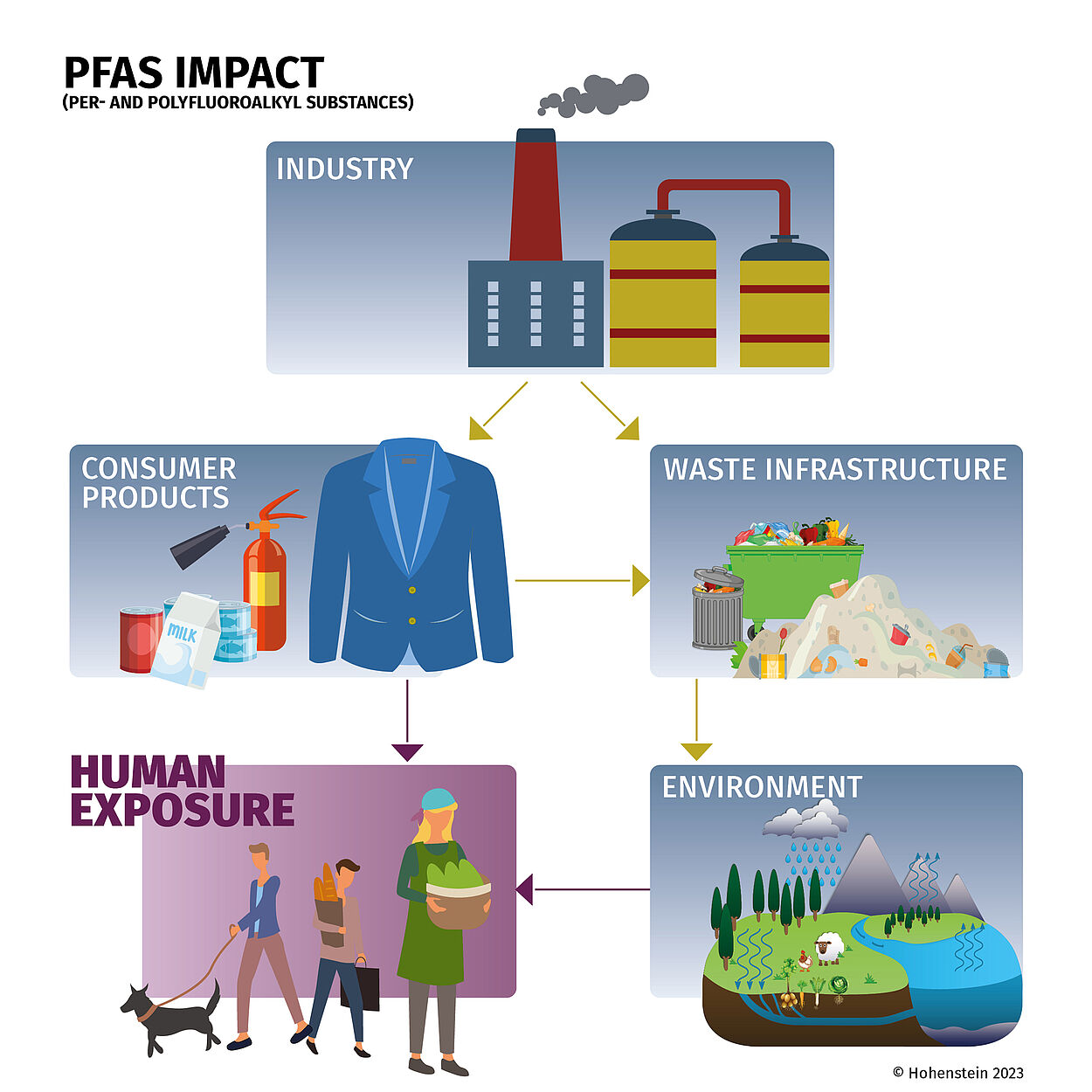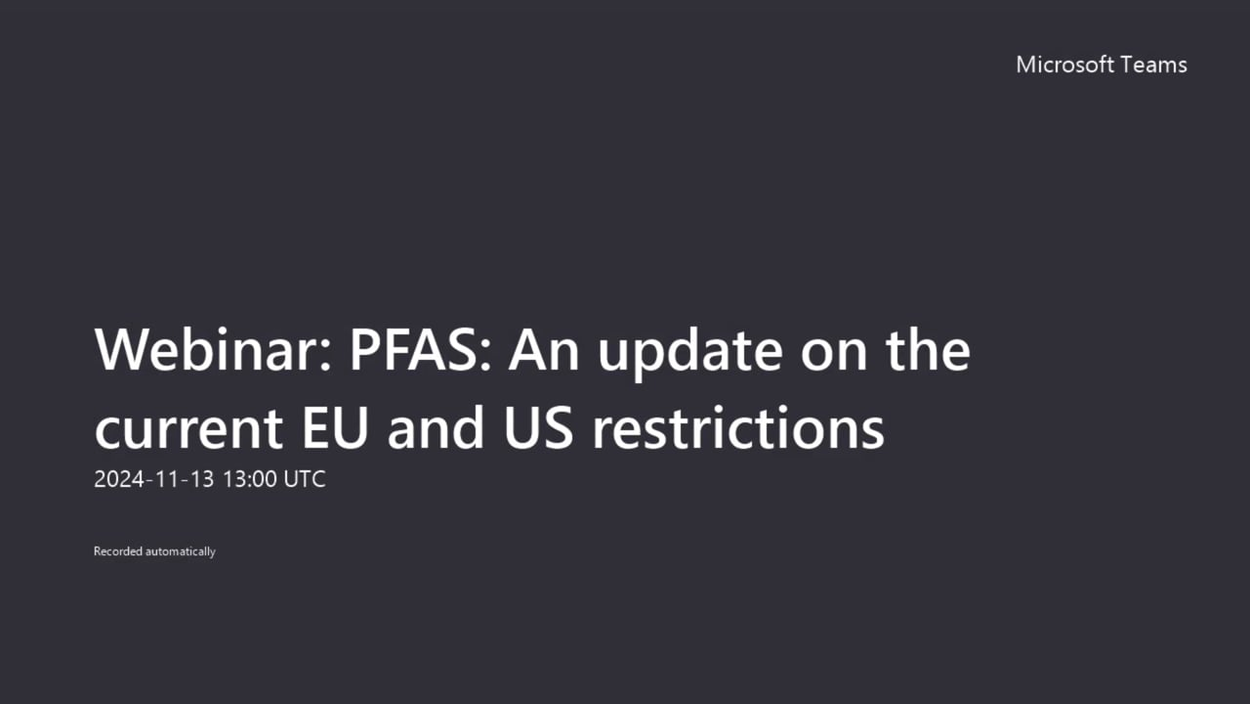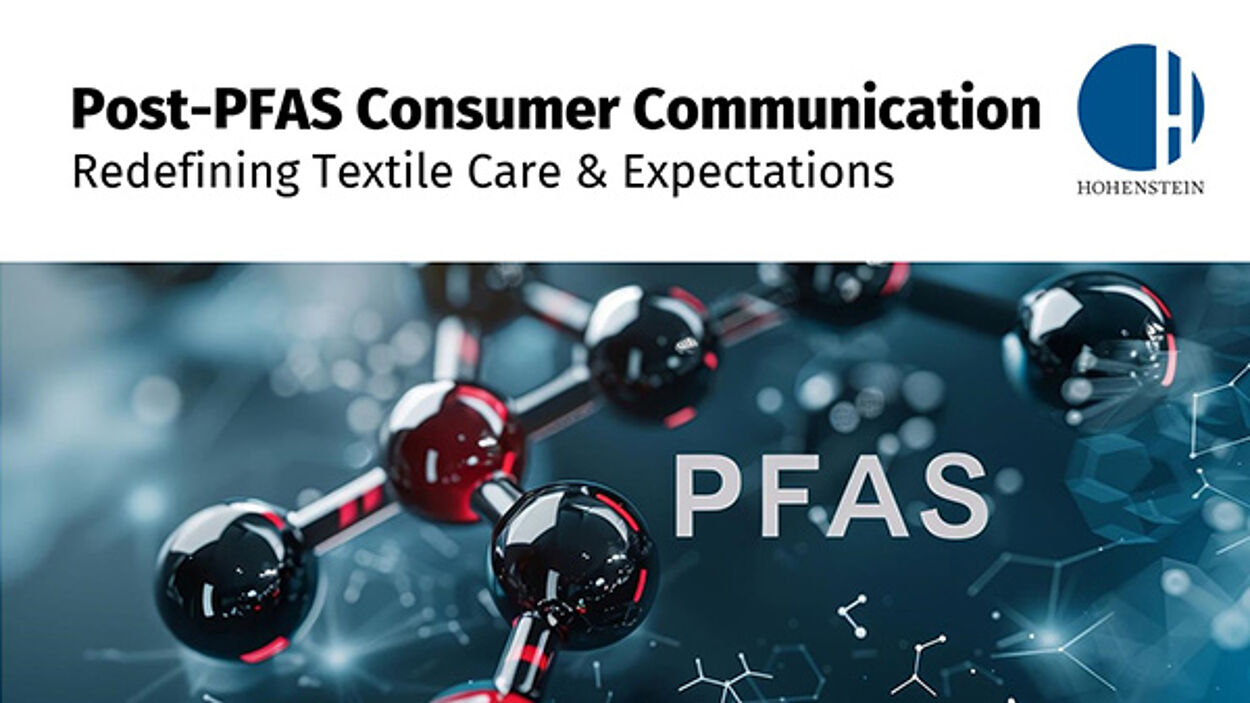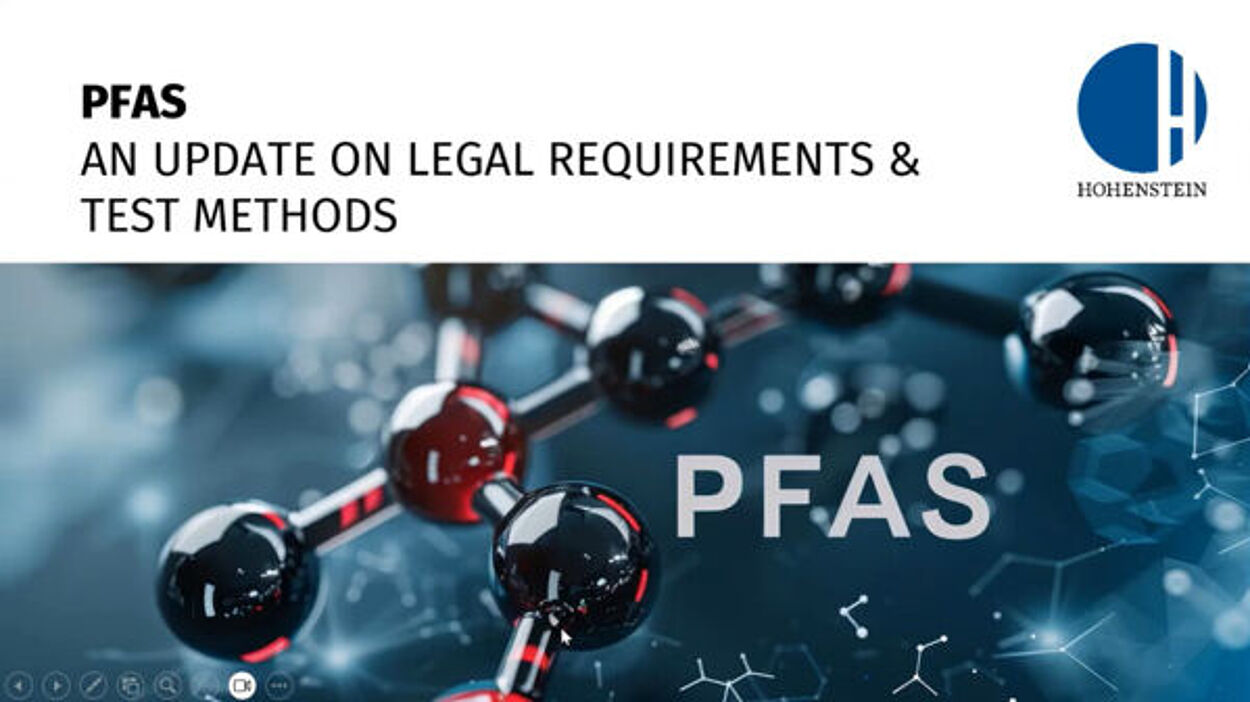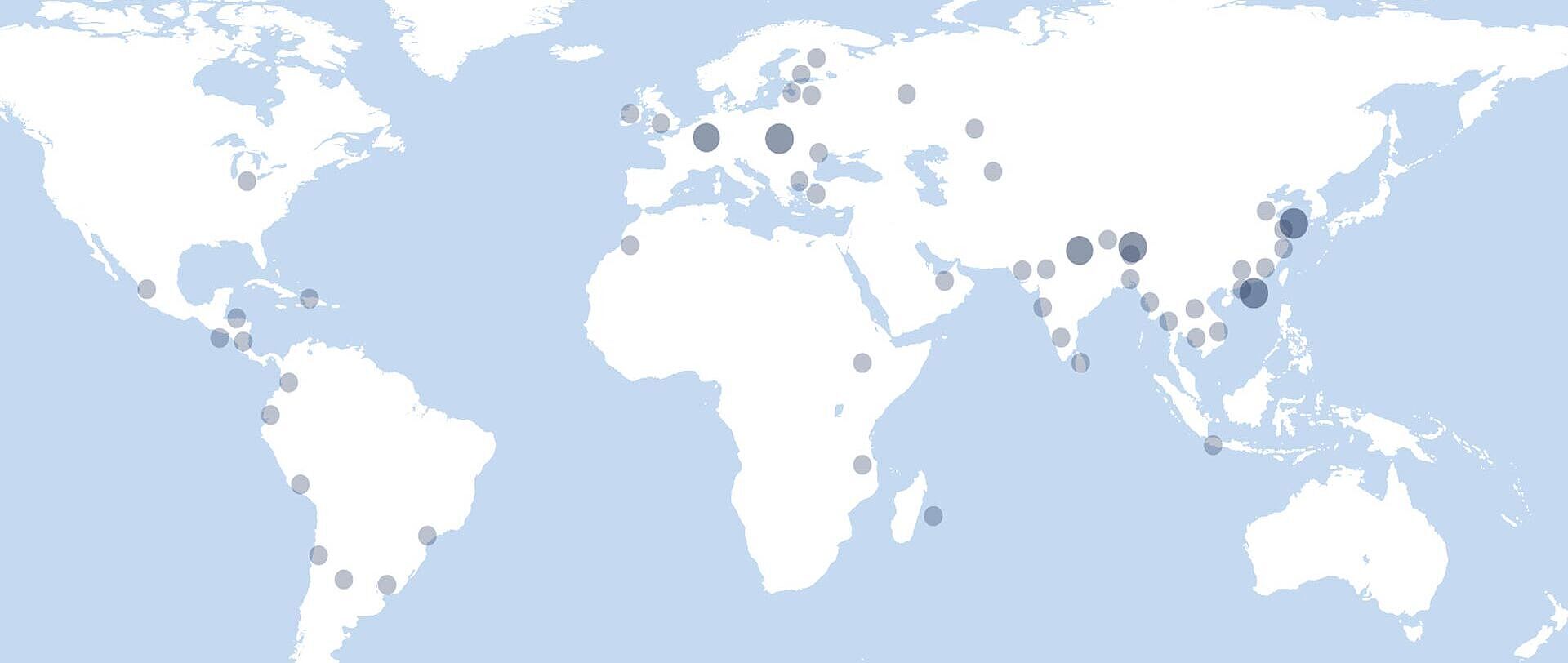What is the French PFAS Ban?
The February 2025 law No. 2025-188 bans per- and polyfluoroalkyl substances (PFAS) in multiple product categories (including textiles and footwear). It specifically targets cosmetics, textiles, footwear, ski waxes and waterproofing agents used in these products.
Timeline:
- 2026 (January): Ban begins for textiles & footwear, with limited exemptions for civil Personal Protective Equipment (PPE)
- 2030: Ban expands to cover all non-essential textile products
PFAS Thresholds:
Concentrations exceeding these limits are considered to be intentionally added and subject to the ban.
- Individual PFAS (excluding polymers): Up to 25 parts per billion (ppb)
- Sum of all PFAS (excluding polymers): Up to 250 ppb
- Total PFAS (including polymers): Up to 50 parts per million (ppm)
Enforcement:
- Products sold in France must test below PFAS limits. The final implementing decrees will specify how to demonstrate compliance (e.g. certificates of analysis)
- No penalties for products are detailed yet, but facilities discharging PFAS will be taxed €100 per 100 grams per year

